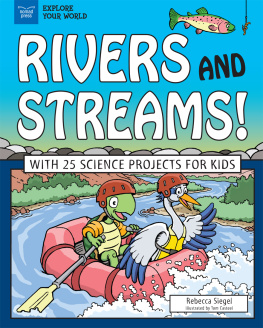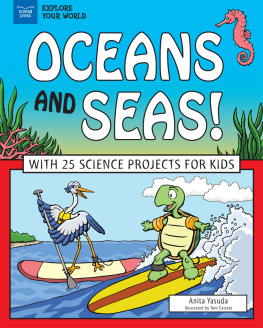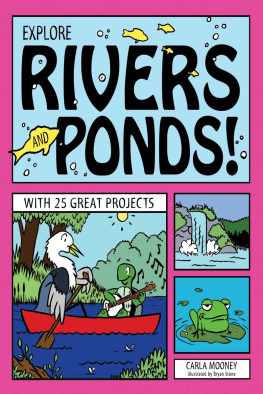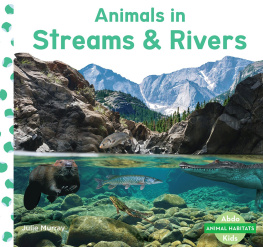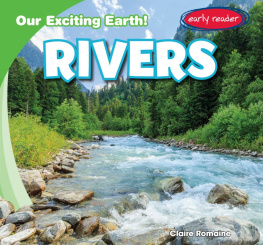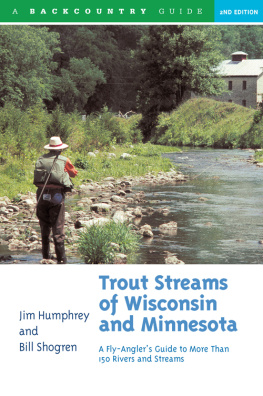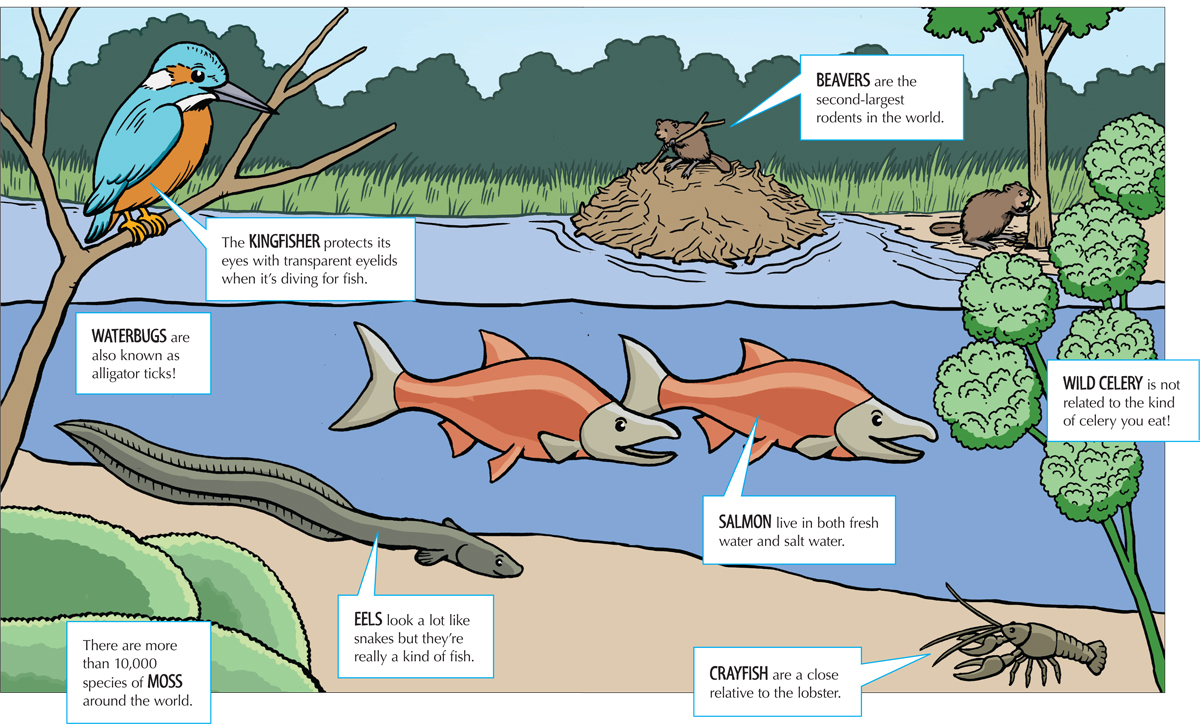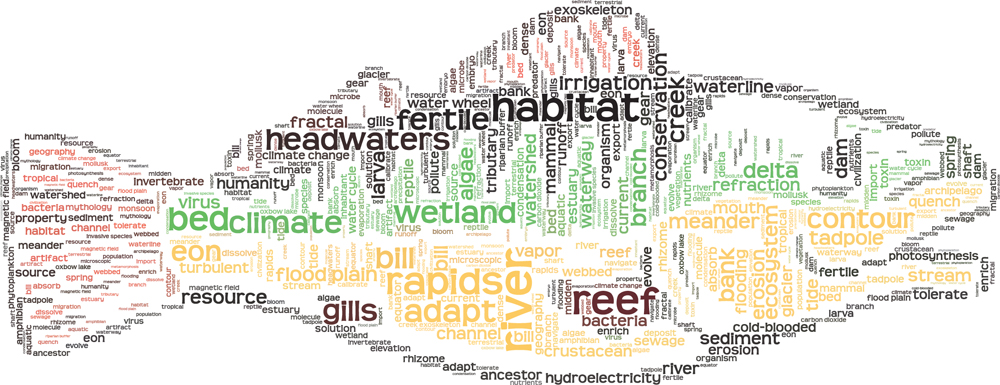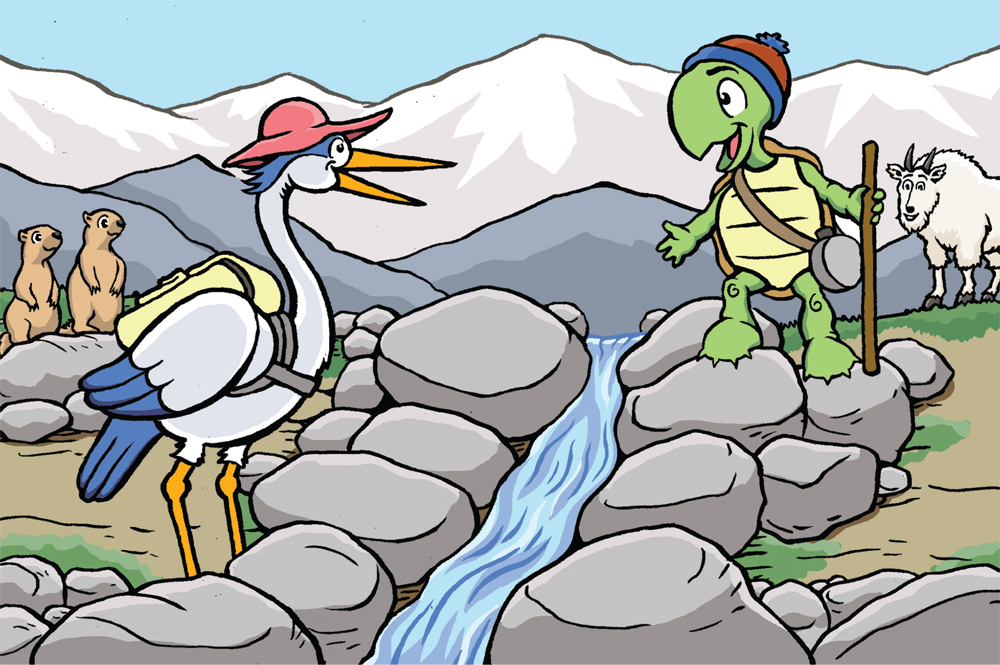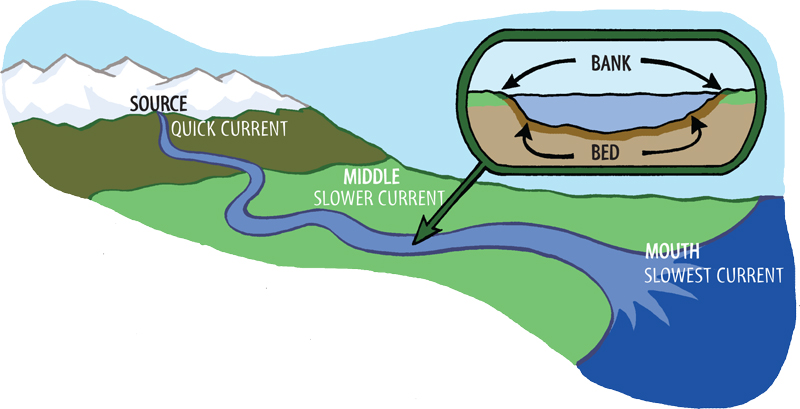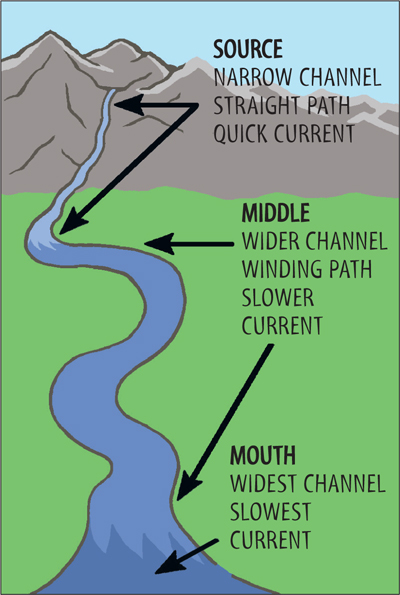Rebecca Siegel - Rivers and Streams!: With 25 Science Projects for Kids
Here you can read online Rebecca Siegel - Rivers and Streams!: With 25 Science Projects for Kids full text of the book (entire story) in english for free. Download pdf and epub, get meaning, cover and reviews about this ebook. year: 2018, publisher: Nomad Press, genre: Art. Description of the work, (preface) as well as reviews are available. Best literature library LitArk.com created for fans of good reading and offers a wide selection of genres:
Romance novel
Science fiction
Adventure
Detective
Science
History
Home and family
Prose
Art
Politics
Computer
Non-fiction
Religion
Business
Children
Humor
Choose a favorite category and find really read worthwhile books. Enjoy immersion in the world of imagination, feel the emotions of the characters or learn something new for yourself, make an fascinating discovery.
- Book:Rivers and Streams!: With 25 Science Projects for Kids
- Author:
- Publisher:Nomad Press
- Genre:
- Year:2018
- Rating:5 / 5
- Favourites:Add to favourites
- Your mark:
Rivers and Streams!: With 25 Science Projects for Kids: summary, description and annotation
We offer to read an annotation, description, summary or preface (depends on what the author of the book "Rivers and Streams!: With 25 Science Projects for Kids" wrote himself). If you haven't found the necessary information about the book — write in the comments, we will try to find it.
Why are rivers and streams important to life on Earth?
Did you know that without rivers, human life might not have developed as it did? We might be a very difference species if it wasnt for rivers, as would the other plants and animals who depends on rivers and streams for food, transportation, water, and power!
In Rivers and Streams! With 25 Science Projects for Kids, readers ages 7 to 10 dive in and discover how rivers change the shape of the land while plants, animals, and humans change the shape of rivers. Through fun facts, engaging content, and essential questions, kids learn about the vital role that rivers and streams have played in human history and explore the ways rivers and streams might affect our future. Science experiments that promote critical thinking and creative problem solving encourage kids to make their own discoveries about the waterways they might pass every day.
Talking about earth science means talking about climate change. How are rivers affected by our changing climate, and what can we do to help rivers and streams stay healthy in their changing environment? Rivers and Streams! encourages kids to think creatively as they search for actionable solutions to the problems faced by todays waterways.
Student-led STEAM projects that promote the use of the scientific method, such as investigating a local watershed, looking for life in water samples, modeling how insects walk on water, and making a water wheel, let kids get their hands wet and their minds working as they make real-life connections to the text. Fun facts, engaging illustrations, links to primary sources, timeline, glossary, and resources make this a terrific introduction to one of earths most important resourcesrivers and streams!
Rivers and Streams! is part of a set of four Explore Waterways books from Nomad Press. In the Explore Waterways set, readers ages 7 to 10 learn about the waterways of our world, including the what, where, how, and who about the origination, content, and aquatic life that water contains. Through science-minded STEAM projects and experiments that encourage readers to think of waterways as part of a larger ecosystem, kids develop critical and creative thinking skills about the role waterways play in our world.
Titles in the Explore Waterways set include Marshes and Swamps! With 25 Science Projects for Kids; Lakes and Ponds! With 25 Science Projects for Kids; Oceans and Seas! With 25 Science Projects for Kids; and Rivers and Streams! With 25 Science Projects for Kids.
Nomad Press books in the Explore Your World series for children ages 710 integrate content with participation. Common Core State Standards, the Next Generation Science Standards, and STEM Education all place project-based learning as key building blocks in education. Combining content with inquiry-based projects stimulates learning and makes it active and alive. Nomads unique approach simultaneously grounds kids in factual knowledge while allowing them the space to be curious, creative, and critical thinkers.
Rebecca Siegel: author's other books
Who wrote Rivers and Streams!: With 25 Science Projects for Kids? Find out the surname, the name of the author of the book and a list of all author's works by series.

